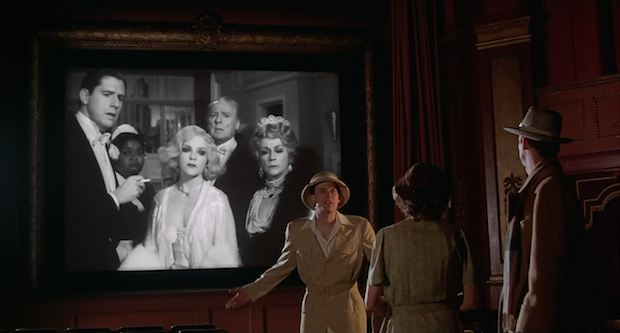
What determines the perception that someone -a social agent- is present, together with you, in a shared virtual space? And if such a perception is convincing, what psycho-logical effects may occur as a consequence? Traditionally, in multimedia, including virtual and augmented reality, the focus has been on rendering a realistic visual illusion of agents and avatars. In this presentation, the aim is to explore and exploit the role of the body –including social touch and psychophysiological signals– in order to enrich and transform social communication in mediated and media-assisted environments.
In recent decades, research on affective computing, social signal processing, and mediated communication has flourished. Combining these diverse fields with communication science, emotion psychology, and social neuroscience, one can see the outlines emerge of a coherent multidisciplinary area centered around socio-emotional computing. As a research field, socio-emotional computing serves a number of goals. First, it can contribute to the design of multimedia environments through identifying, implementing and validating those socio-emotional elements that enable or augment social awareness, mutual understanding, empathy, and intimacy between people.
Augmented social interactions can be beneficial to many application areas, including mental healthcare, training and coaching, behavior change, negotiation, and intimate social interactions. Secondly, research in socio-emotional computing allows us to obtain a more fundamental understanding of the impact of mediated communication on human emotions, intimacy and social connectedness. Finally, media tools developed to augment social interactions can, at the same time, serve as research tools to extend and improve research on the fundamental emotional and interpersonal processes underlying intimate communication.
In this presentation, I will combine insights from recent psychological studies, design explorations, and technological innovations, in order to illustrate the potential of bodily connections in augmenting our mediated social interactions. I will conclude by highlighting some of the exciting research opportunities that are emerging in the field of socio-emotional computing.
Short bio
Prof.dr. Wijnand IJsselsteijn has a background in artificial intelligence and cognitive neuropsychology. He obtained his PhD in 2004 on the topic of telepresence. Since 2012, he is full professor of Cognition and Affect in Human-Technology Interaction at Eindhoven University of Technology (TU/e). He has an active research program on the impact of media technology on human psychology, and the use of psychology to improve technology design. His current projects deal with the ways in which media technology can transform our sense of self and other, and can influence prosocial and healthy behaviors. He has a keen interest in the relation between data science, AI and psychology, and works on technological innovations (e.g., sensor-enabled mobile technologies, virtual environments) that make possible novel forms of human behaviour tracking, combining methodological rigor with ecological validity. He is a member of the Jheronimus Academy of Data Science in Den Bosch, and is scientific director of the interdisciplinary Center for Humans and Technology at TU/e, which explicitly focuses on people- and value-centred perspectives of technology understanding and design. He has published over 200 peer-reviewed academic papers in journals and conferences, and has (co-)edited 10 volumes. His most recent co-edited book "Immersed in Media: Telepresence Theory, Measurement, and Technology" appeared in 2015.
More information: http://www.ijsselsteijn.nl
